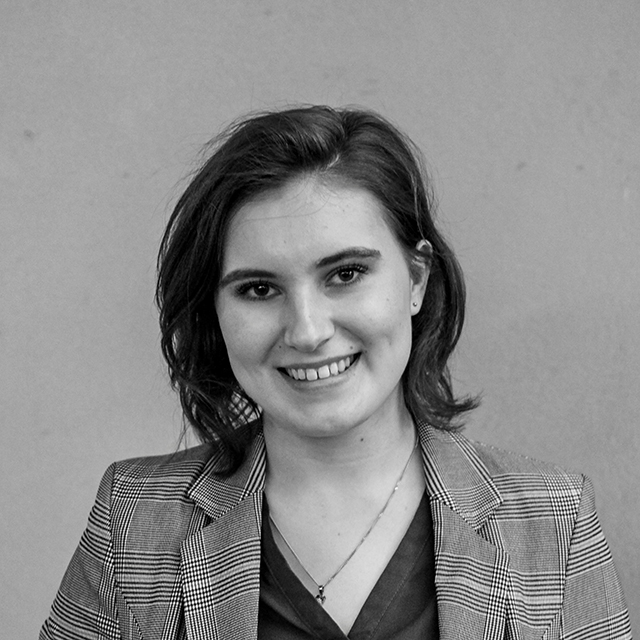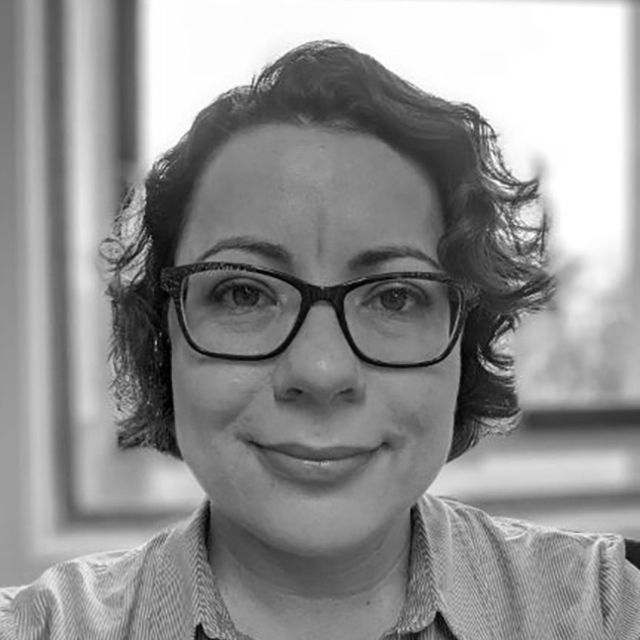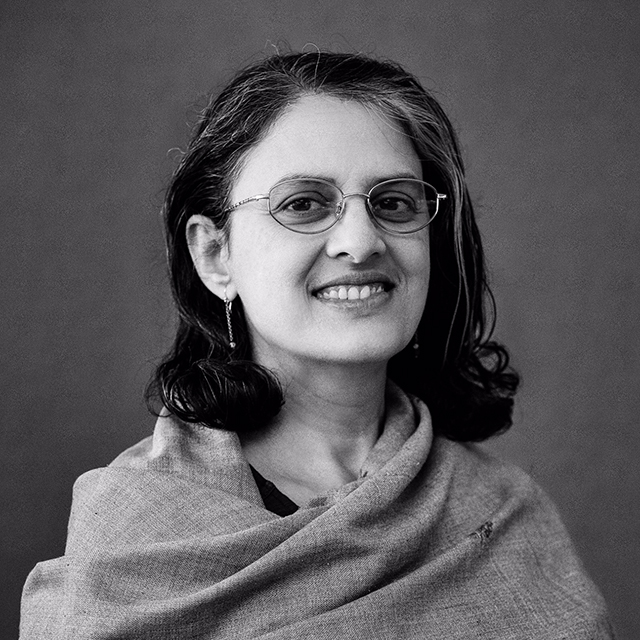When artists become art historians: the appropriation of early modern European art by contemporary Australian artists
Grace Jeremy
 In this paper, I will be presenting a chapter of my MPhil thesis that explores how contemporary Australian artists are appropriating early modern European artworks depicting powerful men. I will analyse how Gordon Bennett appropriates Michelangelo’s David (c.1501–4) in his Mirror Line (1993), and how Luke Roberts appropriates Diego Velázquez’s Mars (c.1638) in his Mars Rusting (2018). Through examining these artworks, I seek to uncover the various social, political, and art historical issues that prompt these strategic and considered appropriations. Bennett and Roberts subvert these depictions of powerful men, mirroring how Michelangelo and Velázquez also conduct acts of subversion in the original artworks. I will also briefly discuss how these appropriations consequently form a dialogue between early modern European art and contemporary Australian art.
In this paper, I will be presenting a chapter of my MPhil thesis that explores how contemporary Australian artists are appropriating early modern European artworks depicting powerful men. I will analyse how Gordon Bennett appropriates Michelangelo’s David (c.1501–4) in his Mirror Line (1993), and how Luke Roberts appropriates Diego Velázquez’s Mars (c.1638) in his Mars Rusting (2018). Through examining these artworks, I seek to uncover the various social, political, and art historical issues that prompt these strategic and considered appropriations. Bennett and Roberts subvert these depictions of powerful men, mirroring how Michelangelo and Velázquez also conduct acts of subversion in the original artworks. I will also briefly discuss how these appropriations consequently form a dialogue between early modern European art and contemporary Australian art.
Grace Jeremy is a Master of Philosophy Candidate in Art History at the University of Queensland. She researches the dialogues between early modern European art and contemporary Australian art. She also completed a Bachelor of Arts (Honours) at UQ in 2018 and is an arts worker in Brisbane.
Cut copies: interpreting duplicate images of holy wounds as signs of early-Renaissance emotional communities
Emily Poore
 Devotional images of Christ and saints suffering from agonising wounds were a ubiquitous feature of the visual culture of Renaissance Europe. This presentation particularly examines duplicate prints and paintings of holy wounds that facilitated affective meditations in multiple locations, often in domestic contexts. Through analysis of the Christ with Crown of Thorns paintings (c.1490–c.1520) by Flemish artist Albrecht Bouts (c.1452–1549) and a selection of prints of Saint Francis by German artist Albrecht Dürer (1471–1528) and several anonymous printmakers, I will demonstrate how images of holy wounds were strategically crafted to evoke particular emotional responses in devotees, including empathy, sorrow and wonder. Domestic images of holy wounds therefore shaped the emotional responses of family members living within individual households, engendering extensive interfamilial networks of shared emotional values.
Devotional images of Christ and saints suffering from agonising wounds were a ubiquitous feature of the visual culture of Renaissance Europe. This presentation particularly examines duplicate prints and paintings of holy wounds that facilitated affective meditations in multiple locations, often in domestic contexts. Through analysis of the Christ with Crown of Thorns paintings (c.1490–c.1520) by Flemish artist Albrecht Bouts (c.1452–1549) and a selection of prints of Saint Francis by German artist Albrecht Dürer (1471–1528) and several anonymous printmakers, I will demonstrate how images of holy wounds were strategically crafted to evoke particular emotional responses in devotees, including empathy, sorrow and wonder. Domestic images of holy wounds therefore shaped the emotional responses of family members living within individual households, engendering extensive interfamilial networks of shared emotional values.
Emily Poore is a PhD (Art History) Candidate at UQ, where she is investigating emotional responses to Renaissance images of wounded and diseased skin. In 2015 she co-curated Wunderkammer: The Strange and the Curious at UQ Art Museum and in 2014 was Curatorial Assistant for Five Centuries of Melancholia, also at UQ Art Museum.
Architectural design studio tutorials as “sites” for professional learning and development of casual tutors
Aparna Datey
 The transfer of knowledge and skills in architectural design education depends largely on casual tutors, or the modern day “master architect” through the historically prevalent and ubiquitous master-apprentice model. In Australia, tutors are typically junior practitioners or doctoral students and not well-known “starchitects” with an extensive portfolio of built projects. Influenced by their own socialisation as students, personal professional trajectories in large and small architectural firms and via interactions in tutorials, tutors inform and form students into becoming professionals. Their actions in tutorials include verbal dialogues, non-verbal “showing” actions and encouraging tacit student behaviours such as mimicking, copying and listening in. This paper argues that actions of casual tutors develops their teaching practices through interactions in tutorials, making it the 'site' for their professional learning and development as university educators.
The transfer of knowledge and skills in architectural design education depends largely on casual tutors, or the modern day “master architect” through the historically prevalent and ubiquitous master-apprentice model. In Australia, tutors are typically junior practitioners or doctoral students and not well-known “starchitects” with an extensive portfolio of built projects. Influenced by their own socialisation as students, personal professional trajectories in large and small architectural firms and via interactions in tutorials, tutors inform and form students into becoming professionals. Their actions in tutorials include verbal dialogues, non-verbal “showing” actions and encouraging tacit student behaviours such as mimicking, copying and listening in. This paper argues that actions of casual tutors develops their teaching practices through interactions in tutorials, making it the 'site' for their professional learning and development as university educators.
Aparna Datey is a doctoral candidate in the School of Architecture. Datey’s research focuses on casual tutors who make up for 77% of face-to-face architectural design studio teaching in Australia. In architectural design teaching, casual tutors are highly qualified and experienced practitioners and doctoral students and modern day “master architects” within the ubiquitous apprenticeship model of teaching and learning. Yet their professional development imitates models suitable for ongoing academics. Datey’s research explores the role, identity, development and support of casual tutors.
About IASH HDR Seminar Series 2020
This seminar series, presented by the Institute for Advanced Studies in the Humanities, was established to give Higher Degree by Research students the opportunity to present their research to an interdisciplinary audience of humanities scholars. The seminars take the form of conference-style panels of three presentations, and will be presented via zoom.
